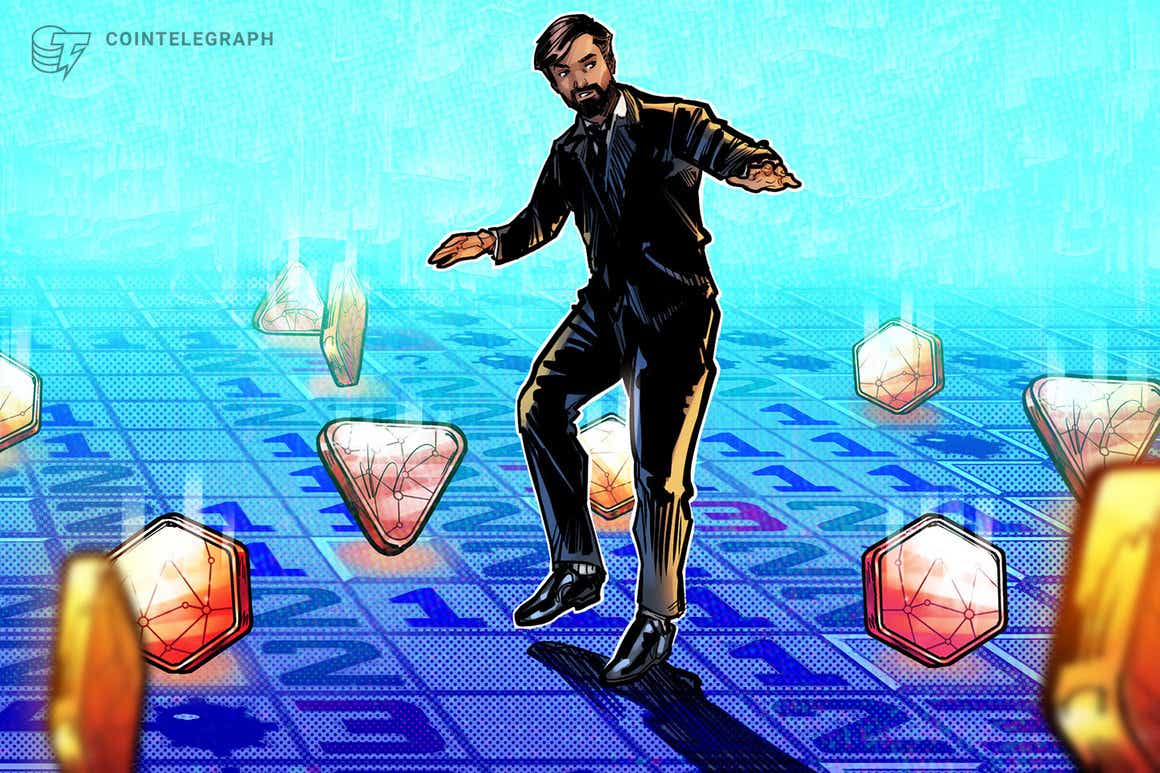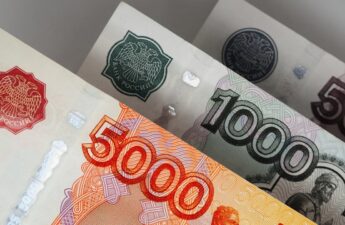Whether it’s baseball players or shiny Pokemon cards, collectibles have been a cultural mainstay in human behavior since the Renaissance. Memorabilia from famous films or items of clothing worn by a celebrity can be auctioned and sold for eye-watering amounts. Take the prototype Batmobile from the 1960s Batman TV show, it was sold for $4.2 million. With collectibles, the concept itself is simple: An item has value based on its scarcity. The less of it there is, the more it’s worth.It is this concept that is the driving principle behind the explosive growth of nonfungible tokens (NFTs). Largely bought and sold on the Ethereum blockchain, NFTs are essentially collectibles that have been digitized. Whether it’s the insanely popular and limited CryptoPunk avatars or Jack Dorsey’s first-ever tweet, NFTs are big money and those who managed to nab a rare NFT will always have proof of ownership, as this data lives in the blockchain.Related: Art reimagined: NFTs are changing the collectibles marketBut, just how easy is it to grab yourself an NFT?Gas doesn’t come cheapIn the same way that Bitcoin (BTC) and Ether (ETH) are acquired, NFTs can only be obtained through mining. For seasoned buyers and sellers in the crypto space, the process of mining and paying gas fees — a sum someone must pay to process their crypto transactions — is nothing new. For first-time buyers dipping their toes into the NFT waters, however, the mining process could feel like a nasty bite from a shark.Although it’s not a common practice, a few NFT launches utilize a bonding curve to determine the price of an NFT. This is how liquidity is created in the NFT market. In layman’s terms, this means that the price of an NFT asset is determined by only a finite amount of block space. With an ever-increasing demand on blockchains like Ethereum, network fees have the tendency to skyrocket.Related: Ethereum fees are skyrocketing — But traders have alternativesIf you’re a miner, you have the liberty to select transactions that come with a high fee, so miners are lining their pockets at the expense of the buyer. Now, this state of affairs is normal for crypto natives. For someone new to crypto, however, the whole mining fiasco can be confusing, unacceptable and deeply unjust, which isn’t a completely unreasonable viewpoint to have if you’re a novice in the market.So, how can this imbalance of power be readjusted so new buyers of NFTs do not have to suffer from high gas fees?Save a place in the queue When we launched its shrug NFT, digitizing an infamous emoji that had become a popular culture meme, it was acutely aware of the aforementioned issues. Ultimately, we needed to find a way to lessen the activity on the chain, thus reducing the gas fees, when hundreds of people are trying to mine an NFT. Early NFT platforms have been struggling with processing streams of transactions, which for buyers can lead to a cumbersome experience and higher gas fees that they need to fork out to just get their transaction approved.Related: The NFT marketplace: How to buy and sell nonfungible tokensThe answer to these lingering problems lies in the implementation of a queue system. Some NFT platforms have built infrastructure that can increase the speed of blockchain transactions, which leads to better user experiences. Creating a protocol where buyers have to wait in line to mint their NFT while also giving a window of time in which to do it will solve the major discrepancies in the entire minting process, which currently puts buyers at a disadvantage.A queue system creates a fairer marketplace, as it minimizes the possibility of customers competing for the same NFT and losing their gas fees. As NFTs continue to explode in popularity and grip the mainstream’s imagination (and our wallets), it is important that NFT platforms make their blockchain-hosted marketplaces a fairer and more inviting place for buyers looking for the latest digital collectible.The dominance of whales in the marketDespite the hype and eye-watering amounts of money circulating through the NFT space, the “average” price of an NFT sold on SuperRare is 2.15 Ether, or around $5,800, according to rankings on OpenSea. This begs the question: Who exactly is buying the NFTs? Are first-time buyers potentially being pushed out by a small group of buyers with deep crypto pockets?Even implementing a queuing system does not change the fact that the market is largely dominated by crypto whales. As the name implies, a crypto whale refers to individuals or entities that hold large amounts of Bitcoin or other cryptocurrencies. This is a problem in the wider crypto space, as it means people who hold enough Bitcoin have the potential to manipulate currency valuations.Specifically with NFTs, most of the people purchasing these nonfungible tokens are crypto whales. For example, only 2.3% of sellers on the Rarible marketplace are making up 50% of NFT sales. This is further amplified on OpenSea, arguably one of the biggest NFT marketplaces, where only 1.9% of its sellers make up half of the NFT sales. Essentially, what is happening is that whales are buying up projects early and end up wielding too much influence on the reseller market, practically pricing out first-time buyers.As a result, people who don’t live and breathe crypto aren’t engaging in the market as much perhaps because there simply isn’t any room for them to do so.To lessen the dominance of crypto whales, more needs to be done to educate the mainstream audience on how to purchase NFTs so that it doesn’t remain the preserve of these dominant holders. We still have 197 of our shrug NFTs remaining. Our hope is that we can attract new users into the NFT space who could use the experience of buying their first NFT as a jumping-off point into the wider NFT marketplace.There is so much potential for NFTs to finally bring the world of crypto fully into the mainstream, as it essentially takes a concept that many people understand in the physical world and digitizes the whole driving force behind it. At the heart of it, collectibles are meant to be a fun and lucrative activity for those who choose to partake in it. NFTs should not be any different.This article does not contain investment advice or recommendations. Every investment and trading move involves risk, and readers should conduct their own research when making a decision.The views, thoughts and opinions expressed here are the author’s alone and do not necessarily reflect or represent the views and opinions of Cointelegraph.Simon Yu is the CEO and co-founder of StormX. He has been in the blockchain space since 2015 and has been an avid speaker and early builder of the industry. Simon has been featured in Forbes, Reader’s Digest, Nasdaq, Business Insider and more.
Source link
It should be made easy for first-time buyers


